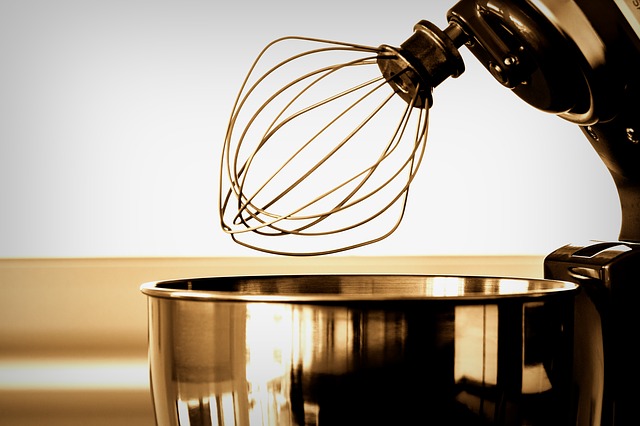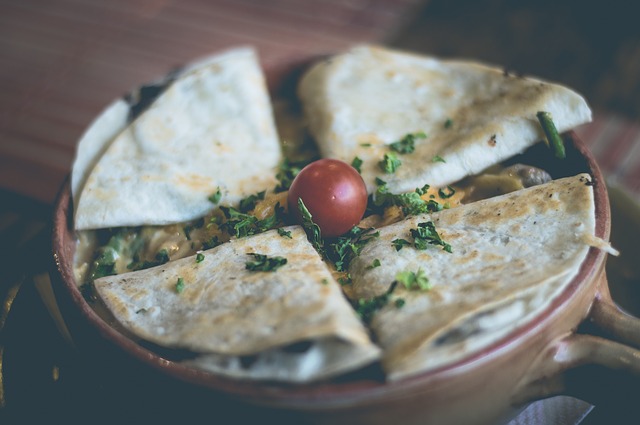Have you ever noticed your cast iron grill grates can get rusty or build up a nasty residue after the months they spend in storage? Your grates might seem like a lost cause, but we’re here to tell you that’s false.
In this piece, we’ll be discussing how to season cast iron, and BBQ grill grates so you can enjoy your legendary grilling and smoking sessions for as long as possible. So, let’s check out the simple but important oil seasoning method below!
Seasoning Your Cast Iron Grill Grates
Before we dive into cast iron grill grates care, we have to discuss oil. Being that you’re going to be working in the 200ºF range, you want to go with an oil that has a higher smoking point. For this reason, olive oil is off the table as an option.
This point is important – olive oil is the one oil explicitly stated as unfit for cast iron seasoning! There are plenty of other options though, so don’t sweat. The following oils are the most highly recommended options, with grapeseed oil being the most recommended:
- Grapeseed oil
- Flaxseed oil (a smoke point is low ~ 225ºF)
- Vegetable oil
- Peanut oil (BEWARE OF ALLERGENS)
- Safflower oil
- Canola oil
Flaxseed oil is a recommended second behind grapeseed oil, but it should be mentioned that flaxseed oil tends to flake if applied incorrectly.
Other oils can work just fine as well. If you choose to pick another oil, or even spray, be sure the oil contents are favorable to seasoning and have high enough smoke points.
1. Clean/Heat the Grates
After choosing an oil for your seasoning, it’s time to get to cleaning those grates. Ideally, you have a steel brush to work off some of the rust and residue that’s loose atop the grates. If your grates are brand new, it still doesn’t hurt to give them a quick brush to clear any surface particulates.
Once you’ve given the grates a brushing, it’s time to crank the heat to about 200ºF. This helps to burn off old residues, as well as to loosen thicker debris and rust.
You should allow anywhere from 10 to 15 minutes for the grates to get hot, which makes cleaning them infinitely easier. Once they’re heated, you can brush them once more using a steel brush or other tool.
After brushing the grates and removing as much rust and residue as possible, you’re going to physically wipe down the grates with a wet paper towel or other cleaning cloth. Be sure to use tongs or heat-resistant gloves for this final cleaning step.
2. Season with Oil
Having cleaned the grates rather thoroughly, you’re ready to do the seasoning. To begin, you’re going to wipe the grates just as you did with water for cleaning, but this time you’re going to apply a layer of whichever oil you’ve chosen.
You want to make sure that you’re covering all parts of the grates in some oil; that means the underside as well as the sides of the grates.
As soon as you’ve completed covering the grates in a layer of oil, it’s time to turn up the heat. At this point, you want to turn the grill’s burners up – all of them – to their maximum burn setting.
This allows for the oil to carbonize on the surface as it burns, which is how this process helps create a non-stick cooking environment.
This process takes roughly an hour and gets pretty smokey, but don’t worry because you want this. Once they’ve burned for an hour, turn the heat off and let the grates cool for almost two hours, or until they’re completely cooled.
3. Repeat
Seasoning the grates is not a one-shot process, and it takes a couple of rounds of seasoning to reach optimum, non-stick cooking conditions.
So, once the grates have completely cooled, break them back out for another round of oil application. You’re going to follow the same method as in step two above.
As always, put your safety first and use tongs or heat-resistant gloves for the re-application of oil.
Having re-oiled the grates set them back on the grill and set the burners to the maximum as you wait for another hour or so for the oil to burn on the grates.
Again, turn off the burners and all heat and permit the grates to completely cool down, roughly another two hours or so.
The process of seasoning is most effective when repeated and applied multiple times. The ideal number of oil applications is about five. We recommend assessing your grates after about three applications to see if they could use more oil layers or go without them.
4. Post-Cooking Clean
To maintain your cast iron grill grates for a full season of grilling, smoking, and cooking, you should finish every session of use with a cleaning.
Cleaning your cast iron grates is remarkably easy when you get to them while they’re hot. For this reason, we recommend leaving your burners on after finishing a grilling session for about an hour and a half, or until you can get to the grates for cleaning.
Similar to the cleaning methods applied in the beginning, you’re going to start by brushing or scraping the residue on the grates with a steel brush or other tool.
After you’ve removed the surface and bulky residues, you’re going to wipe the grates down with a wet paper towel or another, more preferred, cleaning cloth. Once you’ve cleaned your grates, it’s best to apply another quick layer of seasoning before storing them for their next use.
Adding a seasoning layer after you’ve completed the initial seasoning is rather easy in comparison. You’re going to follow the same methodology of wiping the grates with a layer of oil as safely as possible.
Again you’re going to cook the grates on maximum burn settings to regain that non-stick surface. Once you’ve cooked the oil on the grates for about an hour, your grill is ready for stowing away and is fully prepared for the next use.
Seasoning your grill grates can seem like a daunting task, but with all of the waiting in between steps, you’ll find that the process isn’t all that difficult. The most difficult part of the process may be cleaning off rust and last year’s debris from the grate surface if you didn’t close your grill down properly the previous season.
Even if you have to work through this, the process of seasoning your grill is the perfect weekend task to prepare yourself for a season full of great cooking and problem-free grill grates. Don’t forget to clean and season your grates after every use to ensure they remain as capable as possible! So, happy grilling!


